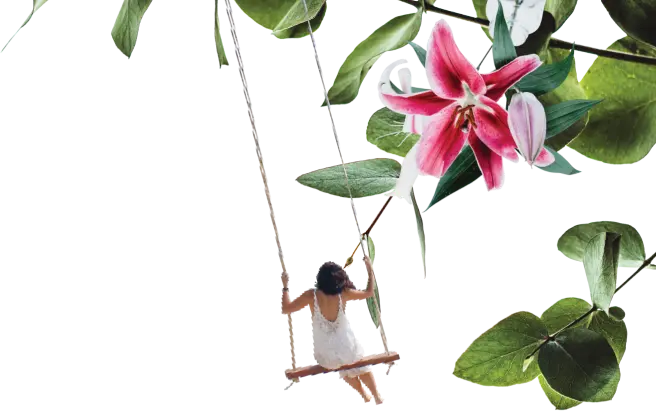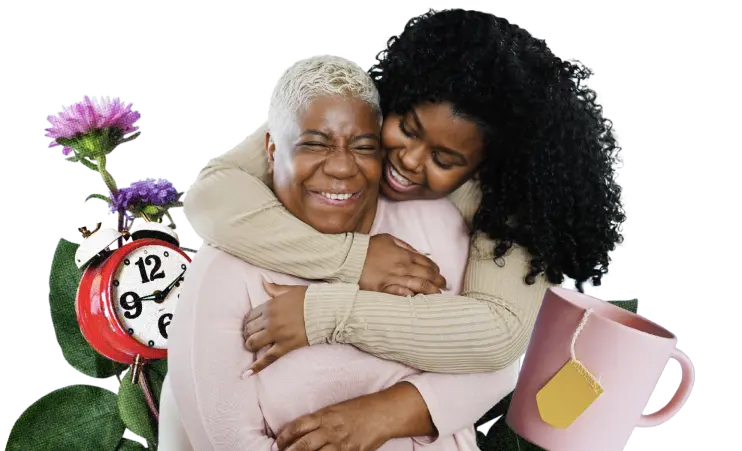
People want to see care on their screens. In the U.S., at least 53 million people are currently providing unpaid care to older adults or people with disabilities. Talk about an untapped audience! Even Friends didn’t get those numbers! Of the approximately 63 million parents, about 11 million are “sandwiched” between caring for an older adult and a child under the age of 18. Most of these family caregivers work, yet still struggle to find affordable and accessible solutions across child care, aging and disability care that would make meeting their loved ones’ needs easier. Could you write a better ending?
People aren’t getting these stories that they’re craving. TV and film stories strongly influence how people see the world. Hollywood creates culture (it’s kind of a big deal). Unfortunately, when it comes to care, the picture we see on screen is narrow and incomplete. Not only does this contribute to caregivers and those who need care feeling invisible and undervalued, it also prevents others from seeing that it’s a major social problem that we need to solve. Why? Because care is something we’re all going to need, provide, or both, at some point in our lives. And so, with great power comes great responsibility (a line that a writer wrote!) to give care the onscreen representation it deserves.
The stakes couldn’t be higher. 650,000 people are currently stuck on waitlists for public care services they qualify for, in part because we don’t have a care workforce big enough to meet the demand. Meanwhile, the population is aging, with 10,000 people turning 65 every day. So, family members, friends, and neighbors are left to pick up the slack. Many end up making tough choices between providing care and paying the bills or saving for their own futures.
This is your call to action. Showing these challenges will help make our lives better. If you make care visible. If you normalize it. If you write powerful stories and let people who provide and need care know they are not alone. It will help others see that care is a meaningful and essential part of life, and something to be valued and celebrated. (This is your “If you build it, they will come” moment.) Including more care on screen is a powerful step in helping people recognize care as something that impacts us all and to imagine a world where everyone can live and care with ease. And isn’t reflecting and impacting our world what art is all about?
The stories we tell onscreen are powerful enough to change us and move audiences. Sometimes, simply seeing a different vision of the world makes us believe that it’s possible.
A quick note: scenarios described here are generalized from information that Caring Across Generations has collected through focus groups, polling, and other research. They are generalized scenarios and are not any one individual’s story, and they are not meant to be comprehensive of all experiences having to do with care. This resource is intended to illuminate new storytelling opportunities that also contribute to a more authentic and holistic representation of care on screen.
